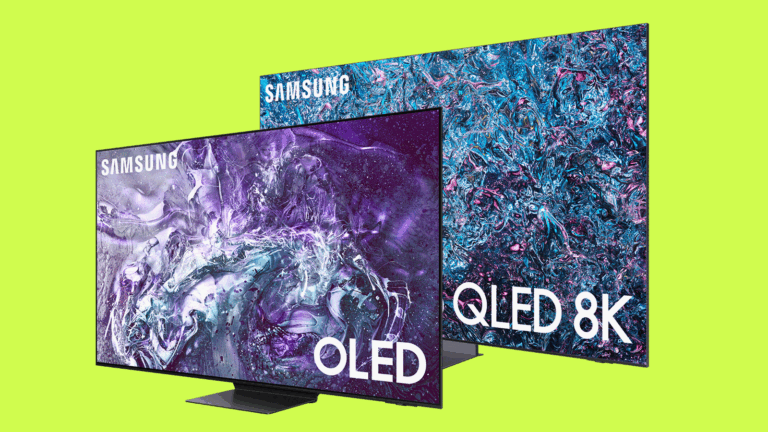Luc Julia (Renault): “The generative AI revolution is the cat”
Big Data & AI Fair, Paris – He is indeed one of the only ones at a time when AI has become a vast gogo marketing tool to demystify it unvarnished. “AI has nothing to do with intelligence,” says Luc Julia, Renault’s Chief Scientific Officer, and a Silicon Valley veteran.
So why do we keep saying that machines are smart? The error comes from 1956, when we had to give a name to a technology. “It’s machine learning, deep learning, but not intelligence,” says the man who nevertheless set up Siri.
However, with generative AI, which has invaded the field of IT since the successes of OpenAI, we must find a definition. “The interesting thing here too is the term “generative” says Luc Julia. These Ais generate, but they don’t create anything. Creativity remains on our side”.
Gen Ais “exacerbate your creativity”
And to illustrate the point. “I suck at drawing,” he says. But with the AI gens I create, and they generate, with Stable diffusion for example. They generate, and I repeat the requests until I find exactly what I want as a result”. He thus deduces that Gen IA “exacerbate your creativity”, and that they are therefore unlikely to take your work.
Luc Julia creates green dogs on Eiffel Towers. And he seems happy with the result.
But the GenAI does contain a small revolution. “AI is an evolution, with more compute, more data since 1956. But with ChatGPT, the revolution is in the chat part. It becomes very easy to ask for anything”.
“If Gartner has just put generative AI at the top of its hype cycle, it’s because of the 100 million users of ChatGPT,” says Luc Julia.
“If Gartner has just put generative AI at the top of its hype cycle, it’s because of the 100 million users of ChatGPT. But where does this incredible popularity come from? Well, it comes from the ease of using the chat” he says.
Renault’s design has embraced generative AI
However, he predicts that the hype of innovation is already coming to a halt, and that disenchantment will happen very soon. Then, and only then, the adoption plateau will arrive with applications in the professional world.
At Renault, generative AI found its first followers in the so-called Luc Julia design. “The design teams have adopted Midjourney much faster than Photoshop 20 years ago,” he assures. Another example of use at the French manufacturer, the use of generative AI to make contracts, translation, or manual writing.
“We have seen prompt boxes being created in the last few months in Silicon Valley. But these boxes are dying quickly because this know-how is increasingly integrated into the professions,” he says to ensure the speed of adoption in business.
Go towards fine tuning to gain relevance
However, this technology must be handled with tweezers. “Hallucinations and mistakes are dangerous. I asked Google Bard for my bio, and everything was wrong” he says, citing a study on ChatGPT which established its degree of relevance at… 64%.
Google Bard has not yet mastered Luc Julia’s CV very well.
And to give some ideas to improve the results of generative AI. Do fine tuning by entering your own data into generative AI to gain relevance, work with open source tools, move towards frugal models to limit energy bills.
Finally, on the issue of AI taking control of our lives and our jobs, he is adamant: “We are moving towards specialized AI models. the ais will never look like us”.










